It’s been a while! I frankly got a little burnt out on writing (and still am, honestly) but finally got some motivation to write about my trip last month. March 16 was a big day for public transport in Japan: the Hokuriku Shinkansen got extended from Kanazawa to Tsuruga, the Thunderbird and Shirasagi limited express trains had their routes shortened as a result, JR West gave up ownership of the local Hokuriku Main Line over this portion of the track, and timetables & fares for public and private trains across the country were revised. The third of these reasons was the impetus for my trip, though – with the new Hapi-Line Fukui third-sector railway company beginning operations, they also released a commemorative ICOCA!
My big transit-focused hobby is collecting IC cards (I have 54, as of this post, all obtained myself, and all via public transport, in my five-ish months since moving to Japan) and a trip up to the Hokuriku region was a good way to snag a lot more, explore a part of the country I hadn’t been to much, and get a fun weekend vacation out of it.
I headed up to Tsuruga in south-central Fukui Prefecture on the preceding Friday night, taking the Tokaido Main Line up from Nagoya to Maibara (the meeting point of the JR Central and JR West service areas) where I transferred to the second-to-last Shirasagi train bound for Kanazawa, and got off at Tsuruga. There were tons of railfans – specifically train photographers, called 撮り鉄 toritetsu in Japanese – taking pictures of the soon-to-be-changing signboards and trains as they departed. Lots of waving as my train left the station to people on the platform who were saying goodbye and filming. It was a great atmosphere, and the whole area was really buzzing with excitement!
Here was the (honestly, heartwarming) scene from the northern terminus as the final Shirasagi left Kanazawa Station that night for the last time ever:
『特急しらさぎ』最終列車が金沢駅を旅立ちました!#ありがとう北陸本線 pic.twitter.com/HTjRFQcWsr
— ふらっと金沢 (@FurattoKanazawa) March 15, 2024
2024.3.15 金沢支社長の挨拶と乗務員への花束贈呈、駅長の出発合図でしらさぎ最終の特急しらさぎ66号が金沢駅を旅立っていきました pic.twitter.com/oR3fPCOvgE
— いそかぜ (@ltdexp_isokaze) March 15, 2024
At the southern terminus, where I was staying, Tsuruga Station was all decorated for the start of the shinkansen (and Hapi-Line Fukui) service the following morning!
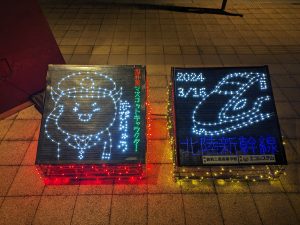
One of Fukui Prefecture’s mascot characters, HAPPY-Ryu!
I woke up pretty early to get my brand-new Hapi-Line Fukui Original Design ICOCA the following morning, right when it released, as the customer service counter opened at 7:00. The line was crazy long (most people were there to get commuter passes) and it took almost an hour to get through. There were around 50 people in front of me and 250+ behind. I also got the updated eki-stamp for the station, featuring imagery of the new shinkansen connection! Following this, I hopped on the 8:37 train toward Fukui Station.
Fukui is the “Dinosaur Kingdom” of Japan – 80% of dinosaur fossils found in the country are from the area, and dinosaur motifs and statues are everywhere throughout the city as a result. As you can see above, even Hapi-Line Fukui’s logo is a geometric dinosaur! I wore my brontosaurus sweatshirt to match, too.

So many dinosaurs adorning everything. These were on an overhang in a section of tables where they were selling local souvenirs.
After taking some opening day photos like the good archivist I am, I hopped aboard an Echizen Railway train (paper tickets only, no IC card support yet!) out to Katsuyama Station and transferred to a bus there to get to the nearby Fukui Prefectural Dinosaur Museum! It’s one of the leading dinosaur museums in the world and is located right next to the Kitadani Formation where a number of specimens have been discovered, including Fukuiraptor, Fukuisaurus, Fukuivenator, and Fukuipteryx. Below are more pictures from the whole excursion.

She was doing a photoshoot. The staff member (right) had to hold her hand and walk with her slowly so she didn’t fall. 😭
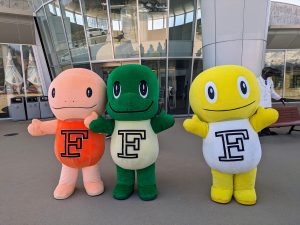
I also met the three prefectural mascots, Sautan, Rapto, and Titchy, who comprise the “dinosaur brand” Juratic! Adopted in 2014, Fukui was the last one of Japan’s 47 prefectures to get a mascot… and also home of the now-retired ICOUSA, dubbed “Japan’s most useless IC card”. Poor Fukui.

The museum layout was really good. I missed getting a photo of the life-sized dinosaur tower though.

Distribution map of the Tetori Group in Fukui Prefecture, Japan.
Instead of dealing with infrequent local bus & railway schedules on the way back, I hopped on the museum’s direct Dinosaur Bus (Kyoryu Bus) to take me back to Fukui Station. Already pretty tired from waking up early for a long day and having to carry my backpack with everything in it around with me, I was ready for a relaxing ride… but instead was presented with an iPad featuring a dinosaur quiz, live-hosted by an saccharinely energetic woman who spoke like she was presenting a children’s game show for the hour-long journey (to be fair, all the other participants were, indeed, children). There was also a section where we scanned a buggy QR code sticker in the bus itself and an augmented reality app opened, allowing us to see what the scenery outside would have looked like in the time of dinosaurs. Definitely not what I expected, but amusing nonetheless?
Back near the station, I grabbed some food and then found the very cute/clever/temporarily famous dinosaur benches outside the Fukui Prefectural Government Office. These went viral on Japanese Twitter at some point last year after a photo was tweeted out by an employee, and then when it reached the West there was a lot of hot debate as to whether it was “actually anti-homeless architecture in disguise” (lol).
When I got back, the huge shinkansen opening celebration was still ongoing outside of the station and around the big dinosaur animatronics. The Pokémon Company had even provided Dragonite headbands to be given out, as last year it was designated the “Fukui Support Pokémon” to represent the prefecture. I was approached by an Asahi Shimbun reporter who asked me a bunch of questions about why I was there, the exact details of my train trips and how I liked the dino museum, and so on. She called back later to ask my birth date as apparently this is something presented alongside people who are mentioned in news articles here? Never did check to see if I made the paper, though.
I continued my trip by heading up on the rest of the new Hapi-Line Fukui Line to Kanazawa, where I stayed overnight. In the station, I grabbed an ICa (issued by Hokuriku Railroad… ironically with a stored fare system only usable on their buses) and an IR Ishikawa Railway Original Design ICOCA. All the various third-sector railways in this area sell their own visually distinct but functionally identical ICOCA, all of which are still issued by JR West.
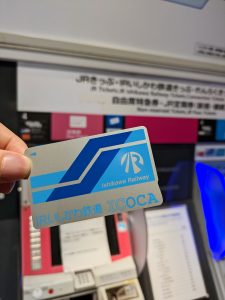
IR Ishikawa Railway’s ICOCA.
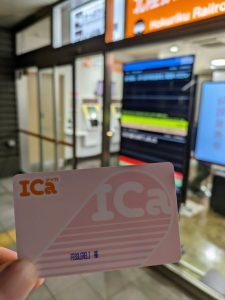
Hokuriku Railroad’s ICa (that’s “ai-ka”).
The next day I took the Ainokaze Toyama Railway Line – the sole line of yet another one of those third-sector companies – to Toyama Prefecture and grabbed the special Ainokaze ICOCA along with both ecomyca designs (a non-mutual use IC card issued by Toyama Chihō Railway, also usable on the city’s trams). I explored the area a bit (yes, I saw the famous Starbucks) and then continued on the train a few stops to the town of Namerikawa where I went to the Hotaruika Museum, the only museum in the world dedicated to… firefly squid!! Fun fact: This is also what the Splatoon character Marie, aka Hotaru in Japanese, is named after.
Firefly squid are tiny – 7.5 cm, or 3″, in length – and bioluminescent, their blue and green photophores used for camouflage, communication, and further still-unknown purposes. The creatures’ spawning season is only a couple months long, beginning in late March or early April, but they (unexpectedly and luckily!) had arrived a bit early this year and one of the staff members was able to let us see them light up in a pitch dark room!
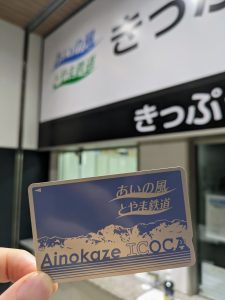
Ainokaze Toyama Railway’s ICOCA.

Toyama Chihou Railway’s ecomyca.
Namerikawa was quite beautiful, with snow-capped mountains visible in one direction and the sea in the other (hence the bottom one of those ecomyca designs!) It also had cute antique shops I browsed through, bookshops, and a lot of tetrapods, pictured above. So many at-grade crossings caused me to have to sprint for my train back, and I didn’t have time to get the station’s eki-stamp. :( Oh well. I’d love to come back some April/May to take the Tateyama Kurobe Alpine Route and see the enormous snow walls, so there’s always another chance!
To get back home, I took a (very nice!) 3½-hour highway bus back from Toyama Station. And it went through Gifu and there was snow!!! The end!
P.S. I’m so happy with the punny name of this post. Because I was riding trains? And my travel took place beginning on March 15, the Ides of March? Get it? Get it???

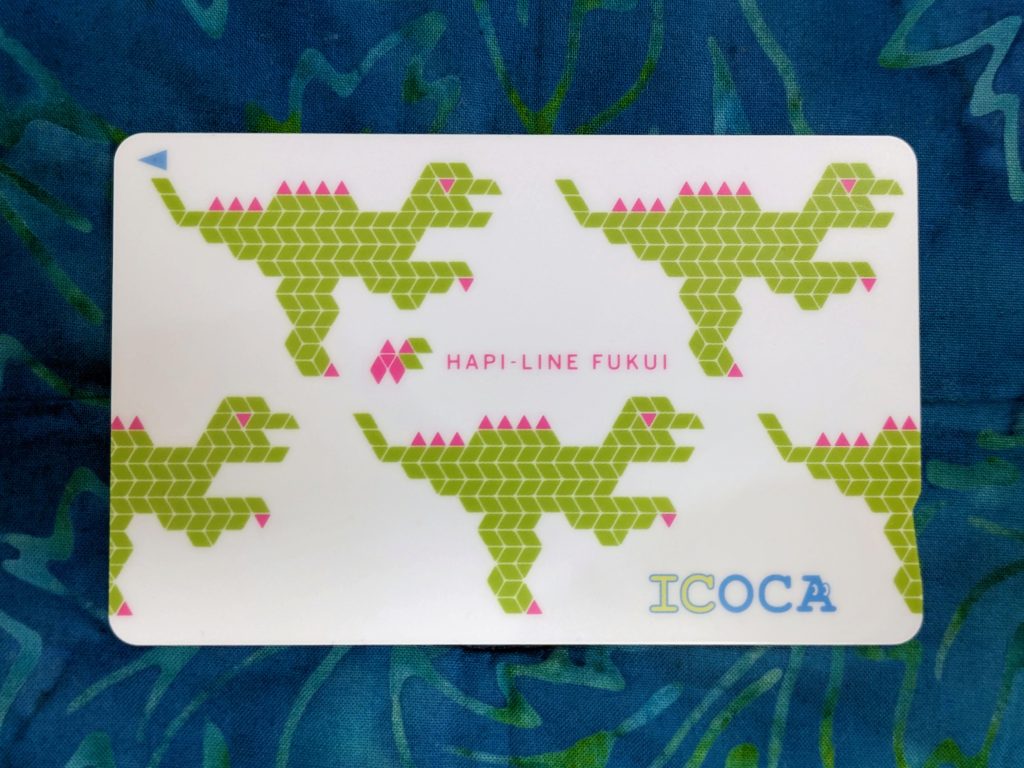

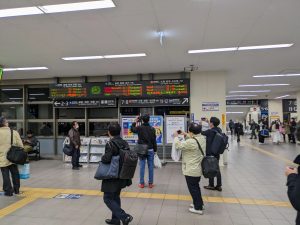
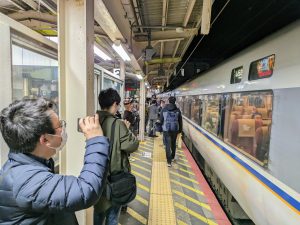

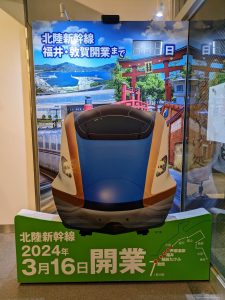

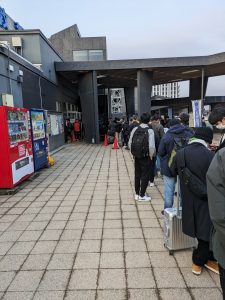

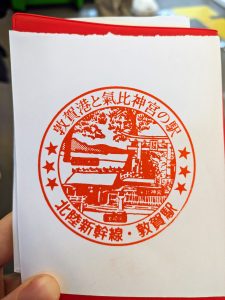

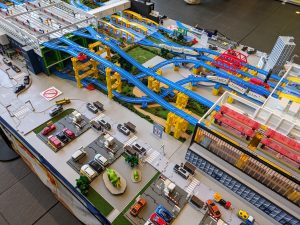
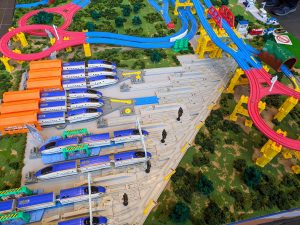
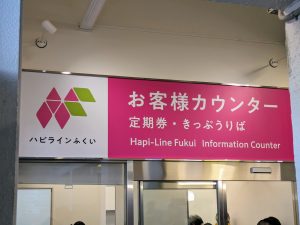


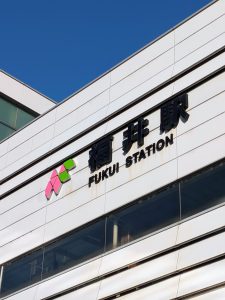
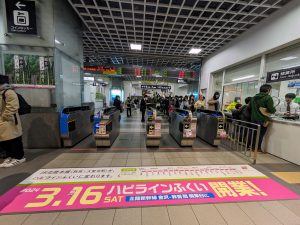
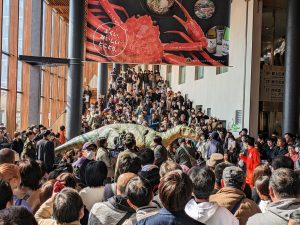


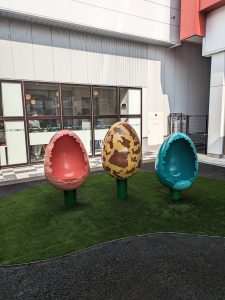

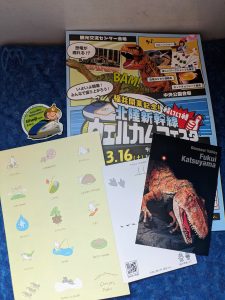
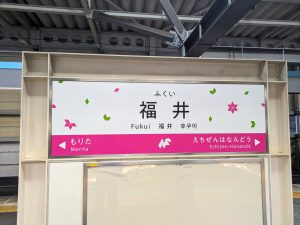
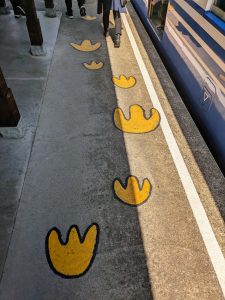
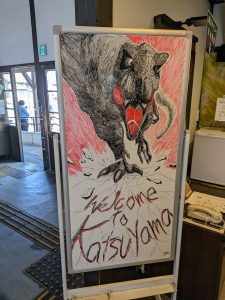
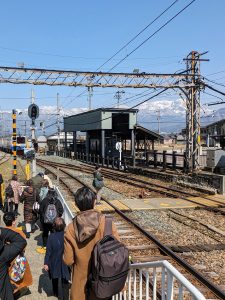
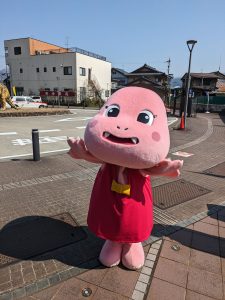

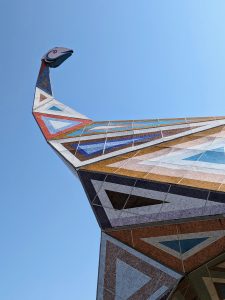
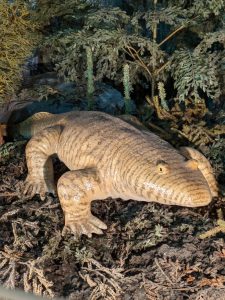

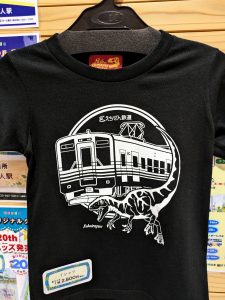

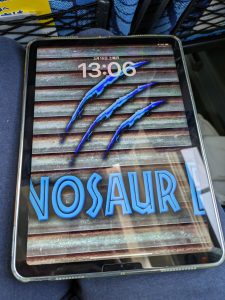




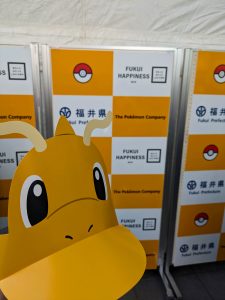

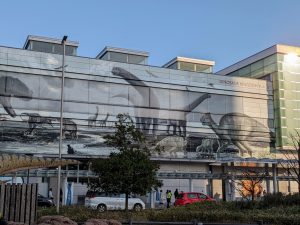


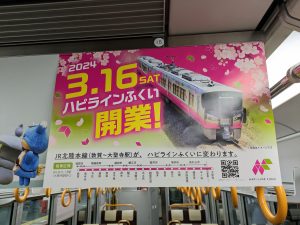
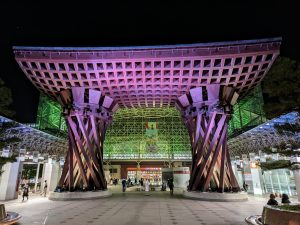








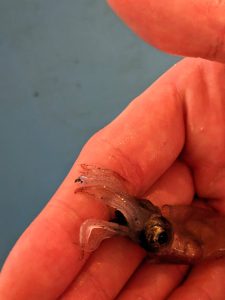

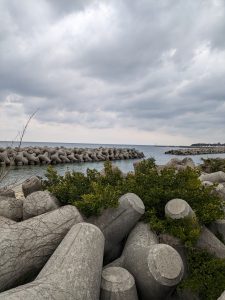
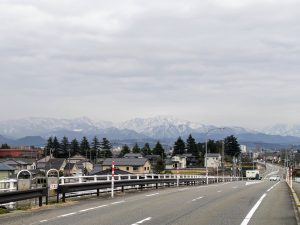

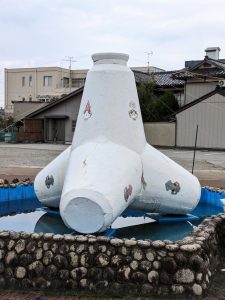



Any suggestions for a cool or limited edition IC card to be found in the Osaka-Kobe-Kyoto area? Found out a bit too late about the Kansai airport card which looks amazing.
Hi! Don’t think there’s any limited-edition/commemorative ones around there now but Natch (なっち Nacchi) is getting discontinued on the 31st, so you have a few days left to grab that one!
https://www.nankaibus.jp/rosen/ticket/
You can buy one on board any Nankai Bus, or click on the “取扱窓口・取扱内容” button in the link above to show a list of offices (in Japanese but can be translated or just copy-pasted into GMaps) that sell ’em.